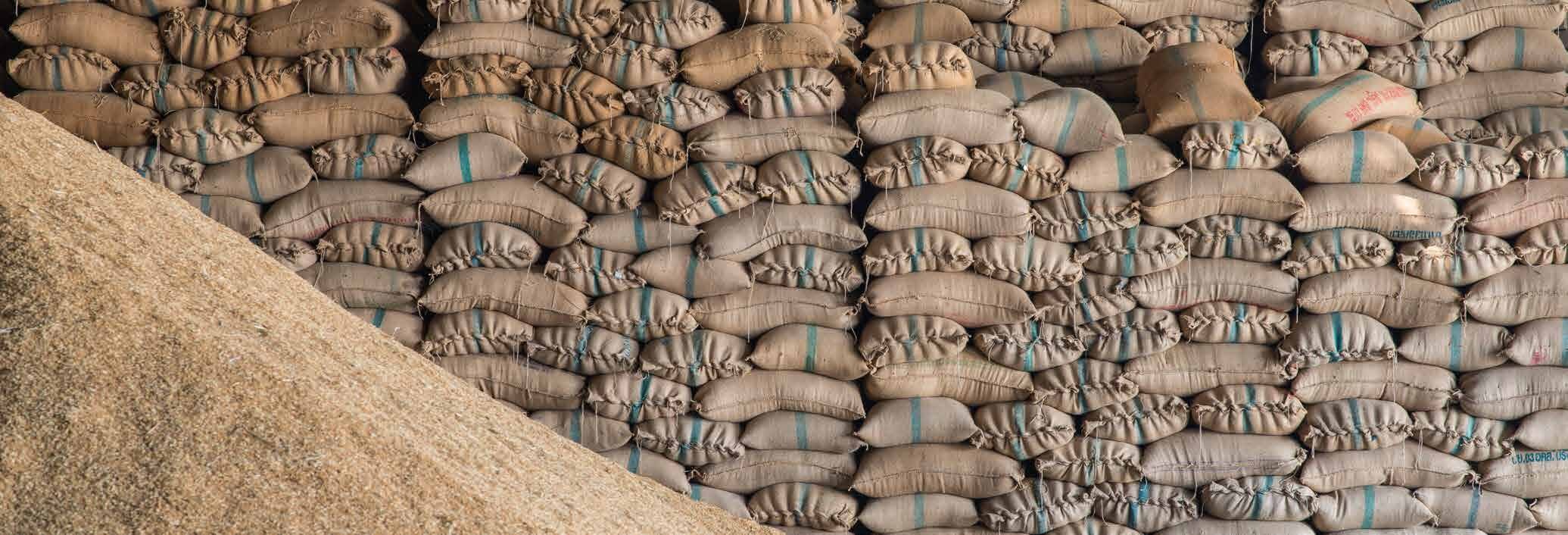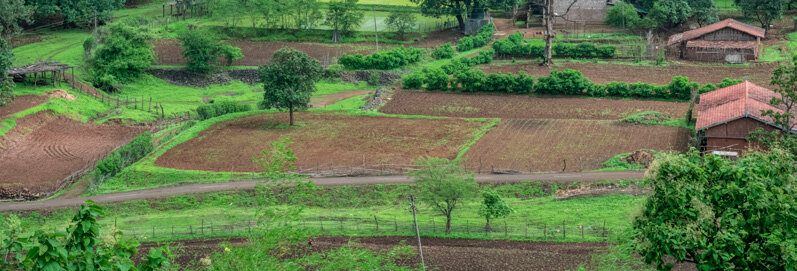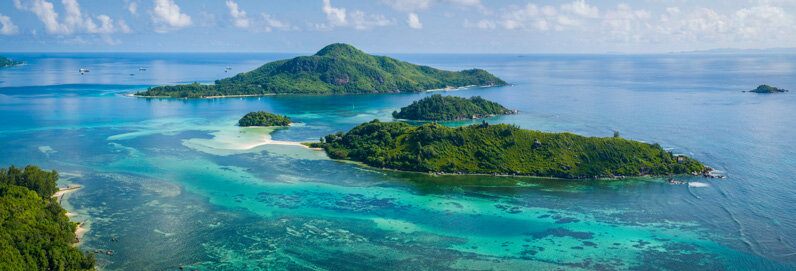1. Introduction
Suzano is a Brazilian company that is a global reference in the development of products made from renewable planted eucalyptus forests and one of the largest vertically integrated producers of eucalyptus pulp and paper in Latin America. With ten mills and the joint operation Veracel, Suzano has annual installed capacity of 10.9 million tons of market pulp and 1.4 million tons of paper. The company adopts the highest standards of corporate governance on the exchanges where its stock is listed, namely the Novo Mercado segment of B3 in Brazil and ADR level II program on the NYSE in the United States.
In September 2020, Suzano issued the first 10-year Sustainability-Linked Bond (SLB) in the Americas and Emerging Markets, and the second corporate in the world. It was also the first issuance to follow the Sustainability-Linked Bond Principles (SLBP) published in June 2020 and the first issuer to seek a Second Party Opinion, provided by ISS-ESG.
The issuance totaled US$ 750 million. In November, the company reopened the offering, selling an additional US$ 500 million with yield of 3.100%, the lowest for a Brazilian Corporation in a 10-year operation.
2. Suzano’s Sustainability-Linked Bond
By planting, growing, and cultivating eucalyptus trees as well as conserving and protecting native Brazilian forests, Suzano is in the business of natural capital. As such, environmental considerations are an integral part of the business model. Suzano is committed to the Sustainable Development Goals (SDGs) as it understands that private sector engagement is essential to accelerate the fulfillment of the 2030 Agenda. Suzano’s issuance and chosen KPI contribute to the SDG 13 – Climate Action as well as Suzano’s Long-term Goals.
Suzano’s Sustainability-Linked Bond has a Sustainability Performance Target (SPT) that will result in a one-time coupon step-up of 25bps if the company’s performance does not achieve GHG Emissions Intensity Reduction equal to or less than 0.190 tCO2e/ton produced as measured by the average of years ended 2024 and 2025. The trigger will be achieving the GHG emissions intensity target above. This is equivalent to an estimated reduction of 10.9% from the 2015 baseline.
Both issuances were well received by investors resulting in excellent numbers, 8x oversubscribed, over 100 investors accessed on roadshow and 57% of the effective investors were ESG focused. The sustainability credentials generated an estimated benefit of 15 bps in the yield compared to other non SLB bond. All in all, resulting in a lower yield for the company, sustainable income asset for investors and a cleaner world for all of us.
Submitted by Mikhael Henriques, Treasury Analyst, Suzano
Image: Boyd Surachet/Shutterstock









